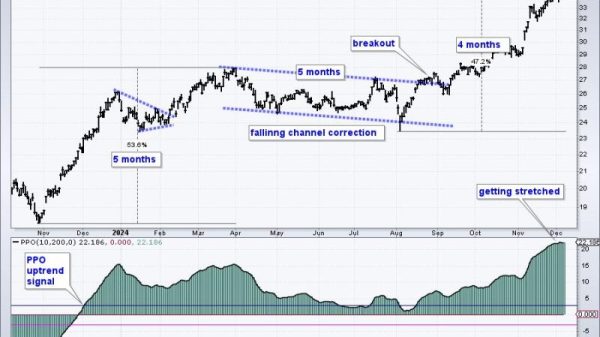In the realm of signal processing, timing is a critical factor that can heavily influence the performance and accuracy of various systems and devices. Time-sensitive signals play a crucial role in a wide range of applications, from telecommunications to digital signal processing. By understanding and optimizing timing signals, engineers and designers can enhance the efficiency and reliability of their systems. In this article, we will delve into the significance of timing signals and explore how improving timing can lead to better overall system performance.
One of the key aspects of timing signals is synchronization, where multiple signals or devices are aligned to a common time reference. Synchronization is essential for systems that rely on precise timing relationships between different components, such as communication networks or data acquisition systems. By ensuring that signals are synchronized correctly, engineers can minimize errors and improve the overall performance of the system.
Another important consideration in timing signals is jitter, which refers to the deviation in the timing of a signal from its ideal or expected timing. Jitter can be caused by various factors such as electromagnetic interference, noise, or signal distortion, and it can have a significant impact on the reliability and accuracy of a system. By reducing jitter through proper signal conditioning and filtering techniques, engineers can improve the stability and performance of their systems.
In addition to synchronization and jitter, phase noise is another crucial aspect of timing signals that can affect system performance. Phase noise refers to the random fluctuations in the phase of a signal, which can introduce errors and degrade the quality of the signal. By minimizing phase noise through techniques such as phase-locked loops or frequency synthesis, engineers can improve the spectral purity and precision of their signals.
Furthermore, understanding the characteristics of timing signals is essential for designing and implementing efficient signal processing algorithms. By analyzing the frequency and time-domain properties of signals, engineers can optimize filter designs, improve signal reconstruction, and enhance overall system performance. This knowledge is particularly valuable in fields such as digital communications, radar systems, and image processing, where precise timing is essential for accurate data transmission and processing.
In conclusion, the quality and accuracy of timing signals play a critical role in the performance of various systems and devices. By focusing on aspects such as synchronization, jitter, and phase noise, engineers can optimize their systems for improved efficiency, reliability, and precision. Through careful design and analysis of timing signals, engineers can unlock the full potential of their systems and ensure optimal performance in diverse applications.


























